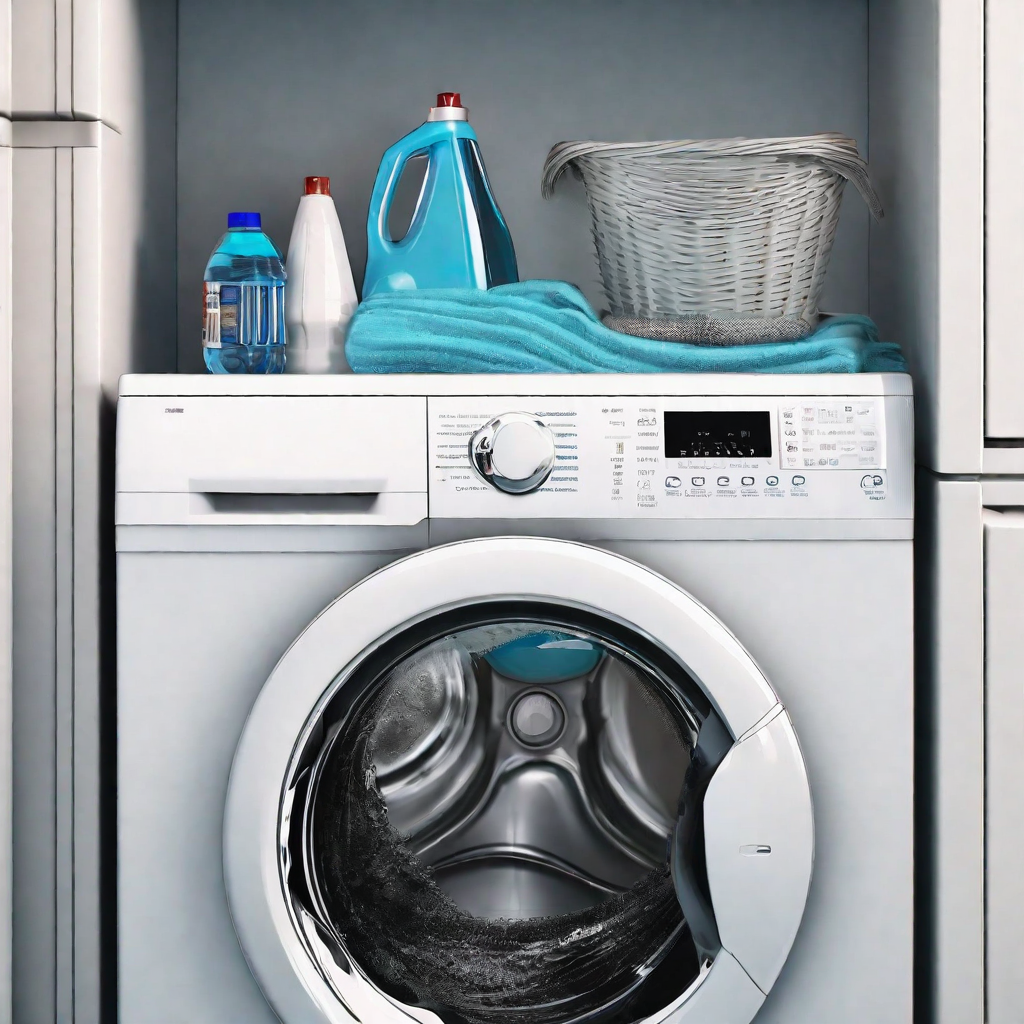A washing machine is an essential appliance in any household, simplifying the task of keeping our clothes clean and fresh.
However, like any other appliance, washing machines can encounter issues, and one common problem is overfilling.
If you find your washing machine constantly overfilling, it can lead to water spillage and potential damage.
In this article, we’ll explore the reasons behind a washing machine overfilling and provide step-by-step solutions to help you resolve the issue.
Common Causes of Washing Machine Overfilling:
Washing machine overfilling is commonly caused by a faulty water level pressure switch, a clogged or defective inlet valve.
Now we have answered the main question, let’s dive into step by step troubleshooting.
Faulty Water Level Pressure Switch:
The water level pressure switch is responsible for regulating the water level in your washing machine. A malfunctioning switch may fail to signal the machine to stop filling with water, leading to overfilling.
Possible Solution:
Replace the water level pressure switch. You can find a compatible replacement part for your specific washing machine model from the manufacturer or authorized dealers.
Clogged or Faulty Inlet Valve:
The inlet valve controls the flow of water into the washing machine. If it’s clogged or malfunctioning, it may not shut off properly, causing the machine to overfill.
Possible Solution:
Clean the inlet valve or replace it if necessary. Make sure to turn off the water supply and disconnect the power before attempting any repairs.
Related Articles
Defective Water Inlet Valve Assembly:
The water inlet valve assembly is responsible for letting water into the tub during the wash cycle. A defect in this assembly can lead to an overfilling issue.
Possible Solution:
Replace the water inlet valve assembly. Consult your washing machine’s manual for guidance on locating and replacing this component.
Faulty Electronic Control Board:
The electronic control board governs the washing machine’s various functions. If it’s malfunctioning, it may not receive the signal to stop filling water at the correct time.
Possible Solution:
Consult a professional technician to diagnose and replace the electronic control board if needed.
Blocked Pressure Hose:
The pressure hose connects the water level pressure switch to the tub. If it’s clogged, the switch may not receive the correct pressure signals, causing the machine to overfill.
Possible Solution:
Disconnect the pressure hose and clean it thoroughly. Reconnect it securely to ensure proper functionality.
FAQs:
Q1: Why is my washing machine overfilling only during certain cycles?
A1: The issue could be related to the specific components involved in those cycles. Check for problems with the corresponding pressure switches, valves, or electronic control board related to the affected cycles.
Q2: Is it safe to troubleshoot and repair my washing machine on my own?
A2: While some minor issues can be resolved by homeowners, it’s crucial to prioritize safety. Always disconnect the power and water supply before attempting any repairs. If you’re unsure, consult a professional technician.
Q3: How can I prevent my washing machine from overfilling in the future?
A3: Regularly clean the inlet valve and pressure hose to prevent clogs. Follow the manufacturer’s guidelines for maintenance, and promptly address any issues to avoid further damage.
Final Thoughts
By understanding the common causes of a washing machine overfilling and following the recommended solutions, you can keep your appliance running smoothly and efficiently.
If the problem persists or if you’re uncomfortable with the troubleshooting process, it’s advisable to seek professional assistance to ensure a safe and effective resolution.
Related Articles
- 5 Easy Tips to Clean Your Top Load Washing Machine
- Washing Machine Stops Mid Cycle: 7 Common Reasons (Solved)
- Washing Machine Cleaning Hacks (Must Read)

